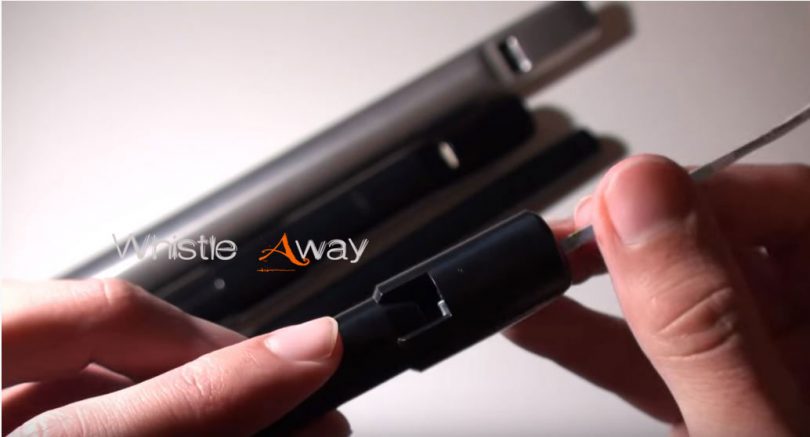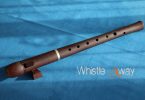Whistles are exposed to a lot of moisture. What’s the point of getting a whistle if you won’t blow it? They, hence, collect a lot of moisture in them. Moisture is usually harmful to any item that is usually bought dry. With your whistles, it is essential that you get rid of all the moisture in it.
Cleaning Your Whistles
When the moisture is not cleaned out, the playing quality, as well as the overall quality of the whistle, is damaged. The playing and the sound of the whistle is compromised and sounds distorted.
In wooden whistles, the moisture accumulated seeps into the nature of the wood and distorts the internal structure of the whistle. In metal whistles, residual moisture will act as an acid and corrode the metal, gradually eating away the metal, causing the formation of rust.

Cleaning either a metal or a wooden whistle can easily be achieved. Just shake the whistle in a downward movement sharply, between two to three times. The moisture uses the motion of your arm combined with gravity to gather at the bottom and come out from there. Even with the movement, there is the possibility of having some residual moisture, which in turn also has to be removed to avoid moisture damage.
Cleaning Wooden Whistle
When cleaning a wooden whistle, one has to be careful. Wood compromised by moisture can very easily be damaged if mishandled. One is advised to use a small piece of lint-free, soft cloth that is wrapped around a wooden dowelling. Draw the cloth through the whistle several times for a good cleaning, to remove moisture and any debris in the whistle. It is advised to ensure that the dowelling remains clothed throughout the process to lessen the risk of potential damage to the inside of the whistle.

Knowing how we are, most people will be tempted to use a piece of wire that is wrapped with a cloth to clean the whistle. The fact is, the cloth might unwind. Once that happens, the exposed wire will damage the whistle during the cleaning process. The cleaning motion, combined with the wire, will definitely damage your whistle. It might be scratches or gouges. Either way, they are both degrees of damage to your whistle and can have an adverse effect on the pitch of your whistle.
The outside of the whistle is not as hard to clean. You just have to be careful of the material you use and any other third party tools you may use. You can easily wipe your whistle clean with, as before, a lint-free piece of clothing. Clean it gently while buffing to maintain the quality of life of the whistle. Do not forget the air holes of the whistle. Use your fingers, wrapped in the lint-free cloth, and gently clean the holes by running them on top and inside the hole. You have to be careful as you might mishandle the whistle and drop it.
Hot to clean low D Tin Whistle:
Like any wooden article, wood whistles can have be polished using natural oils. One must be careful though as some oils damage some wood. Some are too heavy for the wood and its structure while others may leave ashy or sticky residue. Good examples of oils not to use are oils such as olive oil or peanut oil. The most recommended type of oil is almond oil. Apply lightly and rub gently into the wood. The minimal amount should be used in order to allow just slight penetration without oversaturation.
The best type of whistles to clean are the plastic kind. They require minimal care to the process and are not prone to damage by external factors like the metal and wooden whistles. They should be cleaned after every use. They can be cleaned by use of warm water with soap to thoroughly clean the moisture in it. Air it for clean drying. Clear any moisture left after cleaning using a clean, dry, soft cloth to dry it thoroughly. Since the material is friendly, the mouthpiece of the whistle can be anti-bacterially cleaned. With the use of a solution with a soft cloth or an alcohol wipe, you can easily disinfect your whistle. Wipe off the excess to avoid reintroduction of moisture into the whistle. You now have a clean, bacteria-free whistle to blow away.







